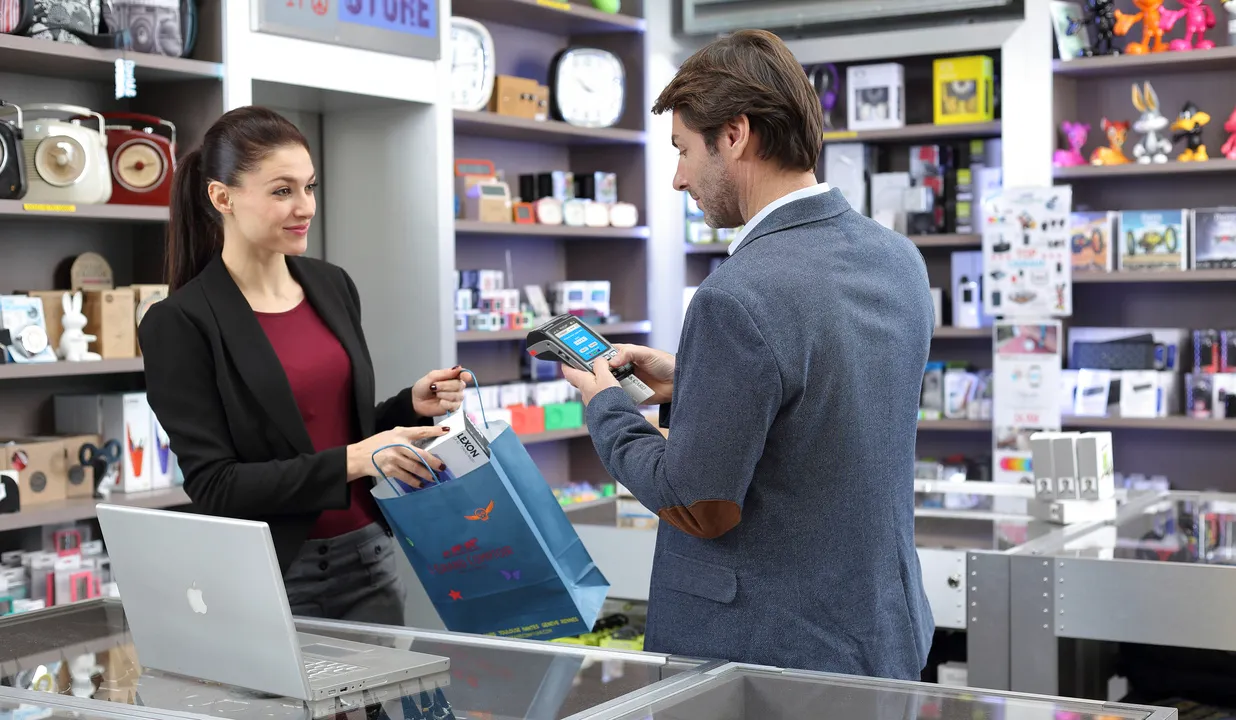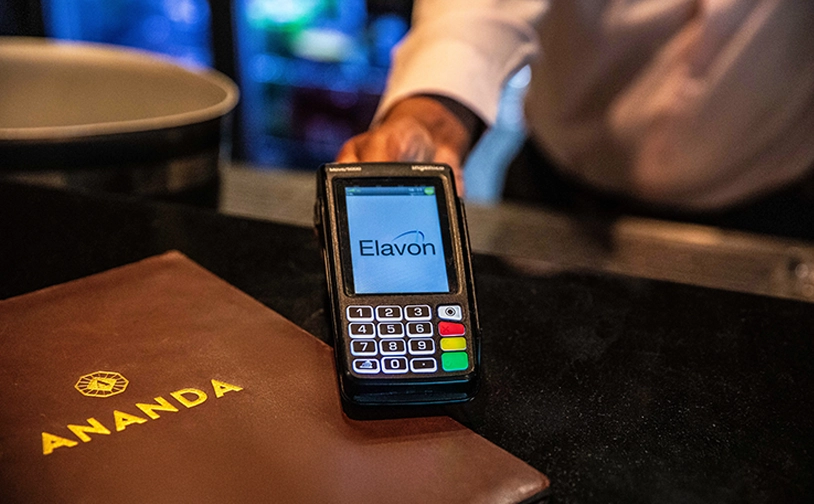Payment systems play a crucial role in the overall efficiency of inventory control. Modern payment systems provide real-time sales data. By tracking what's selling and what's not, you can make informed decisions about reordering stock. This helps prevent overstocking of slow-moving items and ensures that popular products are always available.
Some advanced payment systems can be integrated with inventory control software to automate the reordering process. When stock levels of a particular item fall below a certain threshold, the system can automatically place an order with your supplier. This reduces the risk of running out of stock and saves time on manual reordering.
Efficient payment systems can also help improve cash flow management by providing insights into sales trends and payment behaviours. Understanding when and how customers pay can help you plan your inventory purchases more effectively, so you'll have the funds available to restock popular items.
Offering a variety of payment options can enhance customer experience, leading to increased sales and customer loyalty. When customers can pay using their preferred method – whether it’s debit card, mobile payment or contactless – they're more likely to complete their purchase. This, in turn, impacts your inventory turnover and helps maintain optimal stock levels.
For even greater efficiency, consider integrating your payment system with your point-of-sale (POS) or enterprise resource planning (ERP) software. This allows for seamless data sharing across sales, inventory and finance, helping you forecast demand more accurately and manage stock across multiple locations. It also reduces manual data entry and improves decision-making by giving you a clearer picture of your business performance.
Retailers operating across multiple channels – such as in-store, online, over the phone and mobile – can also benefit from omnichannel inventory visibility. When payment systems are integrated across platforms, they provide a unified view of stock levels in real time. This helps prevent overselling, improves fulfilment accuracy and ensures customers can access the products they want, wherever they shop.








